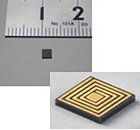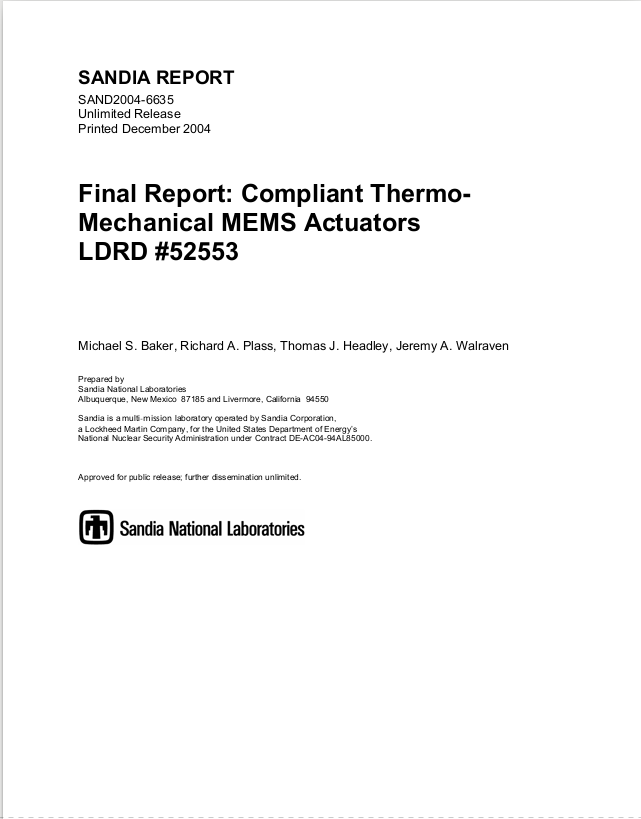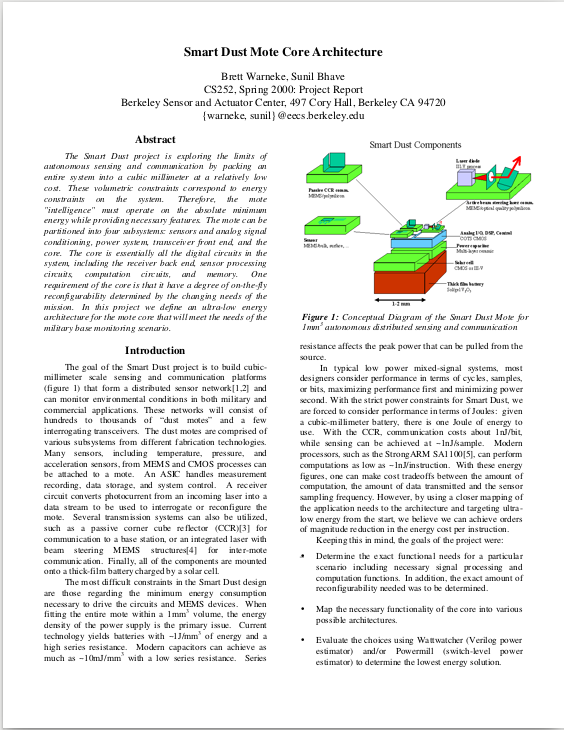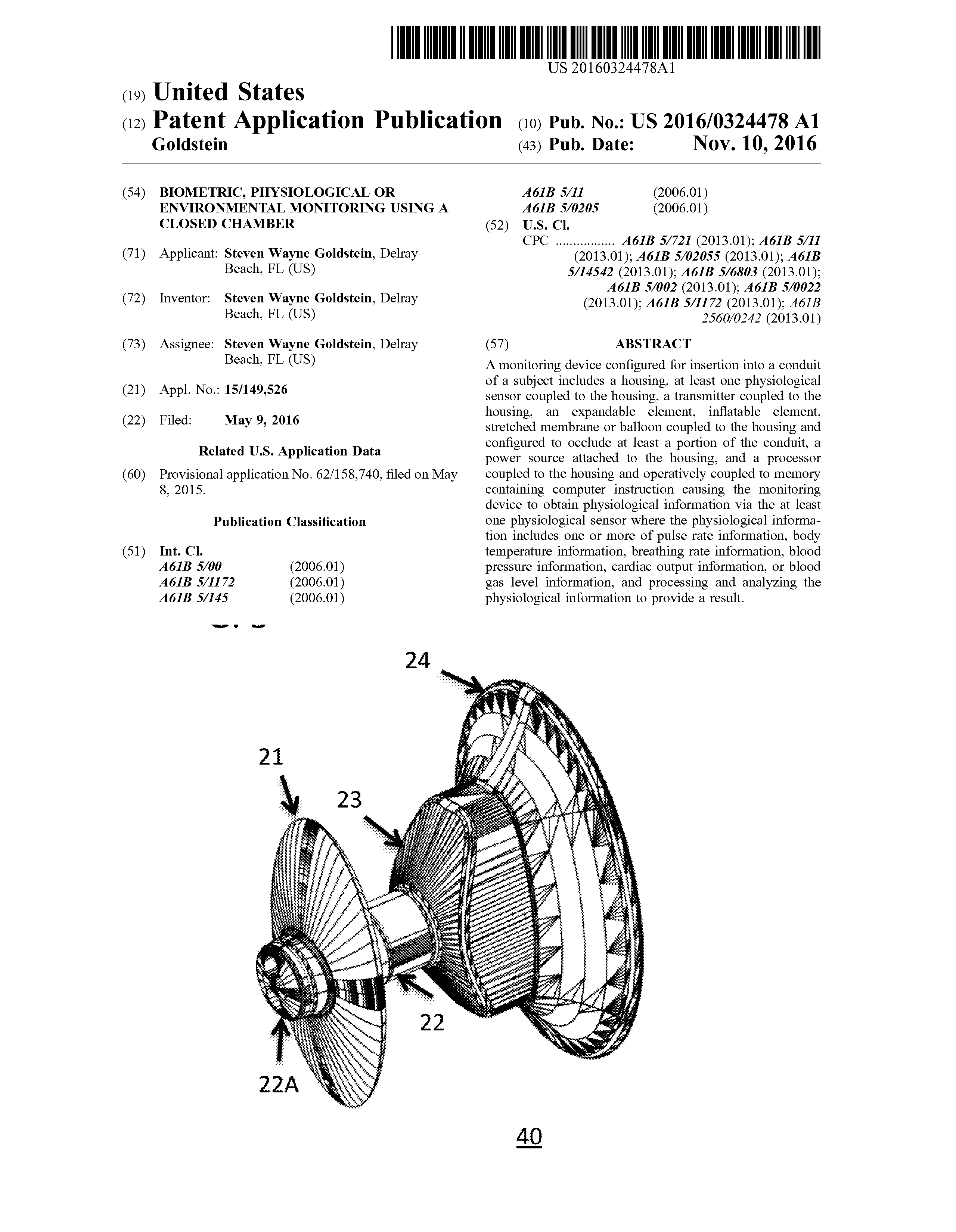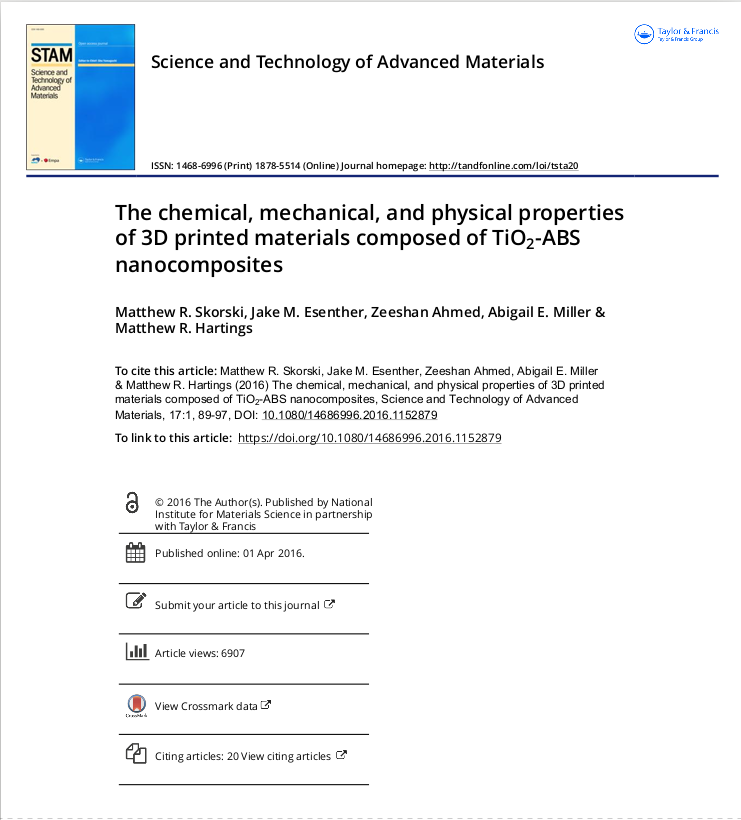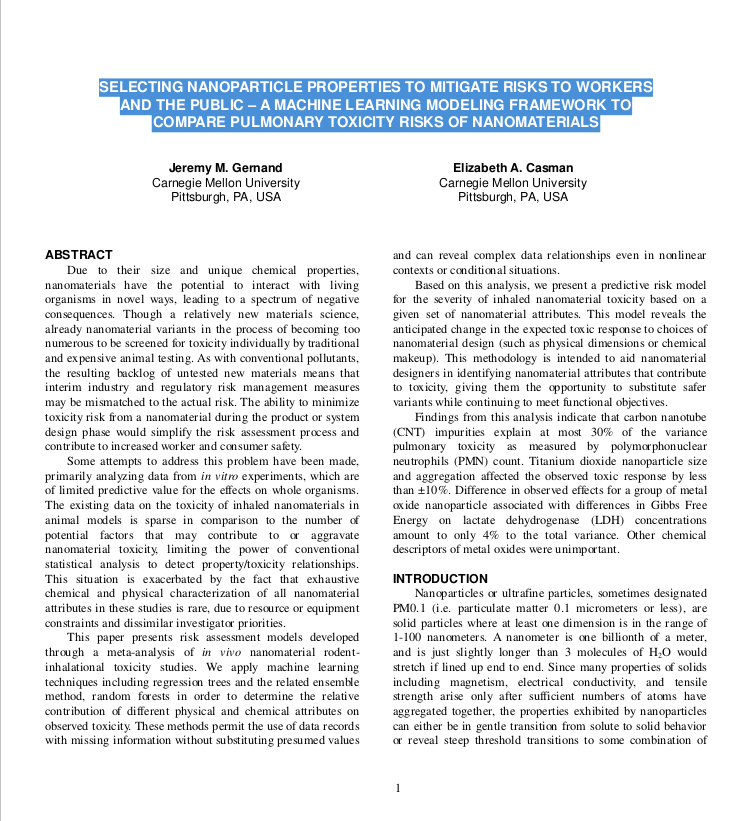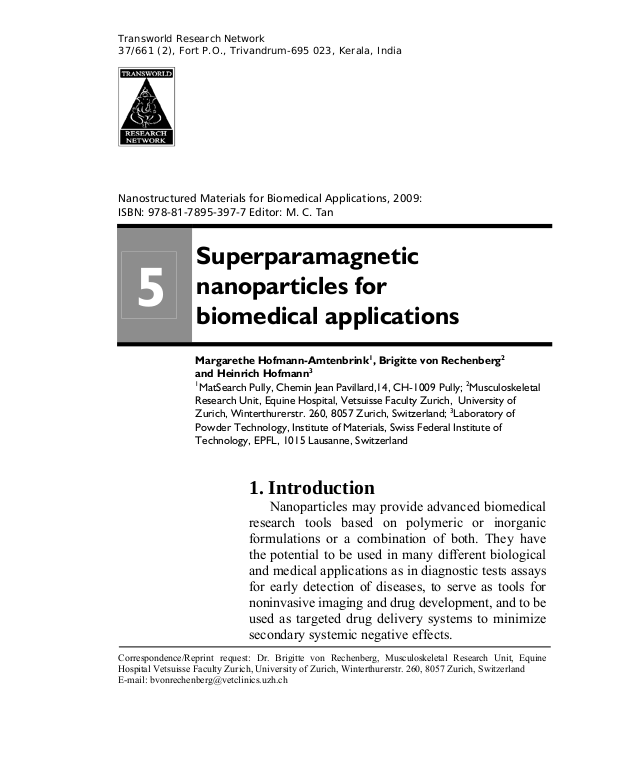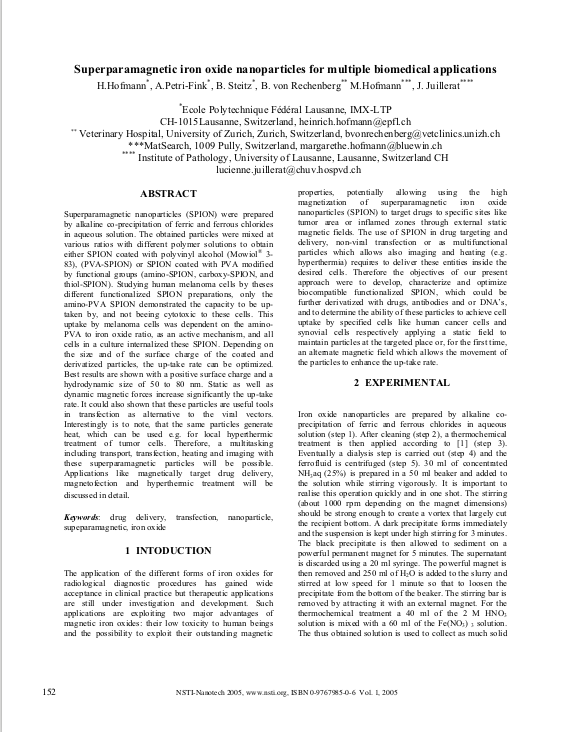Micro Electro Mechanical Systems

Synopsis:
MEMS aka Microelectromechanical systems aka nano-machines. DARPA coupled with UC berkely to develop whats been aptly named neural dust
BERKELEY & DARPA 2001:
Autonomous sensing and communication in a cubic millimeter
UC Berkeley finished its initial project in 2001
PI: Kris Pister
Co-investigators: Joe Kahn
Bernhard Boser
Subcontract: Steve Morris, MLB Co.
Supported by the DARPA/MTO MEMS program
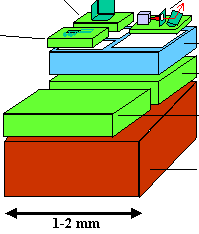
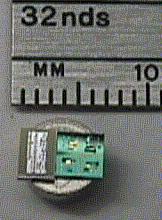
people.eecs.berkeley.edu/
BERKELEY & DAPRA 2016:
Berkeley engineers have created the first dust-sized sensor that can be implanted in the human body. The device, about the size of a large grain of sand, uses ultrasound — which can penetrate nearly anywhere in the body — to power and read out measurements. The sensor contains a piezoelectric crystal that converts ultrasound vibrations from outside the body into electricity to power a tiny, on-board transistor that is in contact with a nerve or muscle fiber. The sensor could monitor internal nerves, muscles or organs in real time, as well as stimulate nerves and muscles — possibly leading to new treatments for epilepsy, immune system disorders or inflammation. The technology may also lead to improved brain-machine interface technology and better brain control of prosthetics. Electrical engineering and computer sciences professors Michel Maharbiz and Jose Carmena are the study’s main authors; graduate students Dongjin Seo, Ryan Neely and Konlin Shen, undergraduate Utkarsh Singhal and professors Elad Alon and Jan Rabaey co-authored the study.
Funded by the DARPA/MTO MEMS program
Neural-Dust
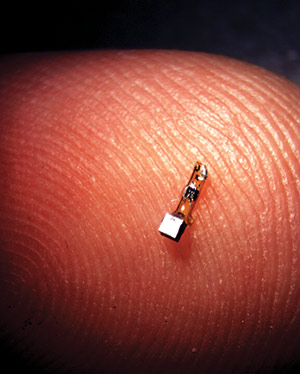
HITACHI RFID:
The tag is Ultra Small size UHF tag built-m antenna, high durability and high productivity, and is readable by standard UHF reader directly, and has high reliability under harsh environment. On top that the special feature is easy to expand read range with booster antenna. Therefore the tag is not only a tag itself but also as a material for other various kind of tags such as near metal, inside molding, for heavy industry etc.
The size of the tag 2.5mm square can be put on even on honey bee.
And then each customer can design a most suitable tag with USPT for his application by himself.

